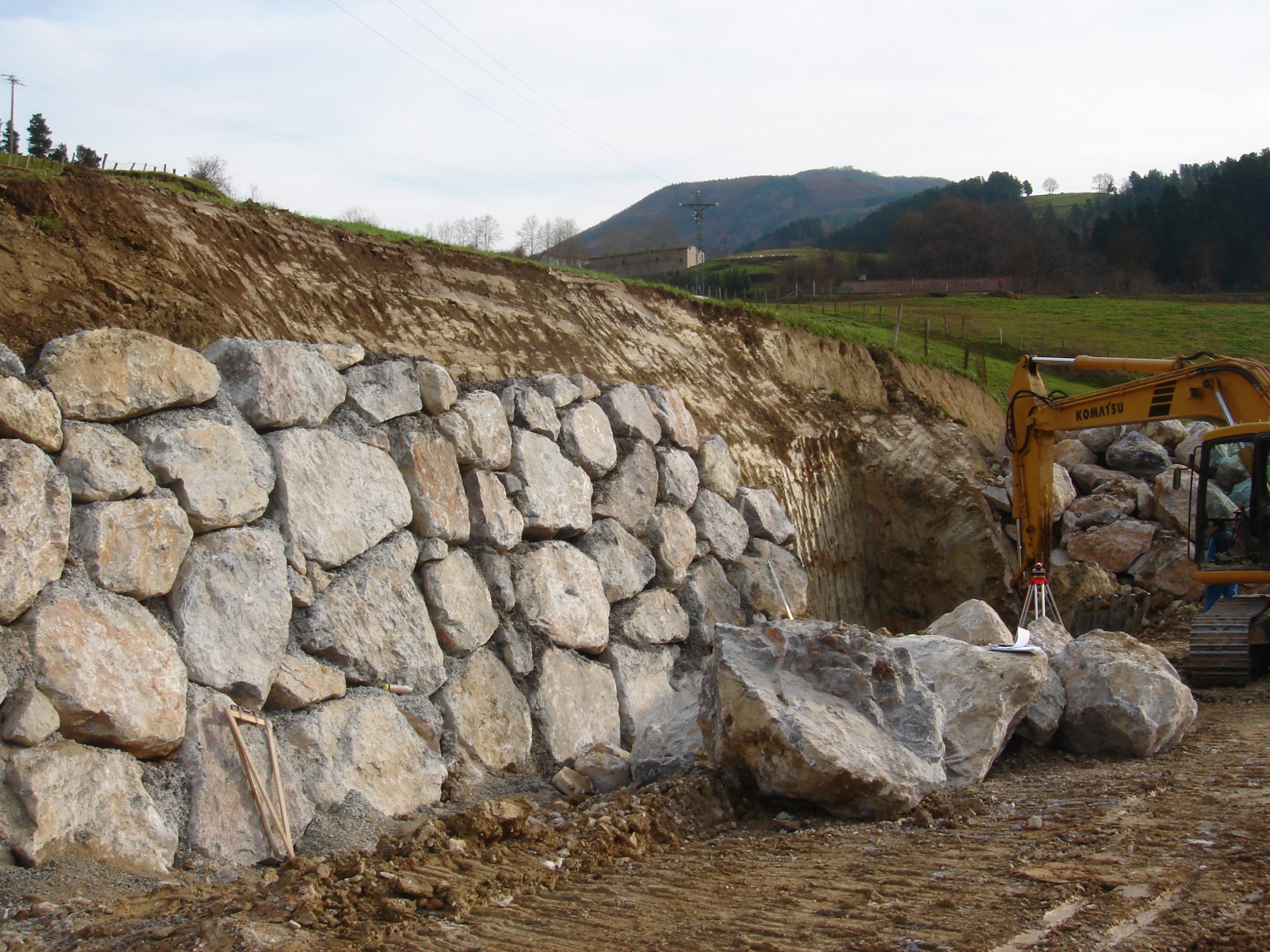A retaining wall is one of the most functional and aesthetically pleasing elements when it comes to landscaping. However, because it is practical, it has to be built and installed correctly. Unfortunately, for many homeowners, cracks and damage to a retaining wall can be relatively common. When that does happen, poor craftsmanship is usually to blame (but not always).
In this article, we want to look at the top reasons why a retaining wall is starting to break. Understanding why this happens can ensure that you get it fixed correctly so that it won’t happen again.
Causes of Retaining Wall Failure
#1 – Lack of Gravel Backfill and Drainage
At Ray Arnold Masonry, we’ve seen our fair share of broken and bent retaining walls. In the vast majority of cases, the primary culprit was a lack of proper backfill. Let’s go over what the correct procedure is and why it’s so essential.
The primary function of a retaining wall is to hold back dirt and other landscaping features. However, one element that can erode a wall faster than anything else is water. So, to help alleviate erosion, the wall should have a thick layer of gravel immediately behind it. Not only does the gravel help dissipate rainwater and runoff, but it adds a buffer between the dirt and the wall itself.
In addition to gravel, a retaining wall also needs an excellent source of drainage. Typically, this will be a pipe with holes in the top to allow water to flow inside. Without this system, water will slowly weaken the wall materials, leading to breakage. Unfortunately, a small crack can worsen relatively quickly because of the constant pressure, which is why homeowners have to be vigilant.
#2 – Incorrect Footer Depth
Another primary component of a retaining wall is the footer, which acts as the foundation for the masonry. Without this section, the wall would collapse a lot quicker since there’s nothing to brace it in the ground.
To ensure that the foundation holds steady, it has to be deep enough to handle the wall’s height. So, the taller the wall, the deeper the footer. Unfortunately, in many instances, the foundation is too shallow, which means that erosion will cause the wall to bend out.
#3 – Incorrect Wall Size for the Job
As we mentioned, retaining walls are both practical and pretty. However, the wall’s functionality overrides any aesthetic purpose, as a collapse can be dangerous and costly. So, before installing a new wall, you have to be sure what it will be supporting. In most instances, the wall is used to prop up an elevated yard. However, if there are going to be other landscaping elements like trees or boulders, that can put extra strain on both the wall and its foundation.
Sometimes, the problem can be adding new landscaping to an existing wall without reinforcing it. The wall height was perfect for its original intention, but it can’t support the extra load. Before making any changes to your yard, you’ll want to consult with a masonry professional like Ray Arnold Masonry.
#4 – Excessively Wet Soil Especially Before Cold Temps
Even if the retaining wall had sufficient gravel backfill and drainage originally, it can start to crack as the soil shifts behind or underneath it. For example during quick freeze thaw cycles, retaining walls are more likely to crack or collapse. This is because the water expands as it freezes and if the gravel is no longer able to properly drain the water due to debris or mulch build it sits right against the wall and finds its way into cracks or openings.
Also, it’s not just rain that can cause damage – excessive watering can also be the culprit. If you have plants or trees close to a retaining wall, be sure to avoid soaking the ground too much at once. Instead, it’s better to spread out your watering schedule so the soil can absorb it efficiently.
Why is a Retaining Wall So Vital?
If you don’t care and maintain your retaining wall, cracks and bends could lead to collapse. If that does happen, it will be a huge problem. First, you risk damage to your property if you were to have a collapse. Second, the cost to replace a damaged wall is much higher than doing simple repairs and fixes.
Call Ray Arnold Masonry Today
To ensure that your retaining wall is in tip-top shape, you should inspect it regularly. If you start to notice damage, taking action sooner rather than later will save you a lot of money and headaches. Contact us, and we’ll do a site inspection to see what options are available.

